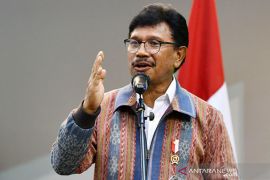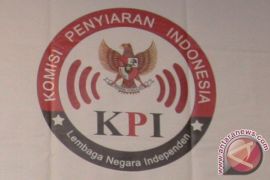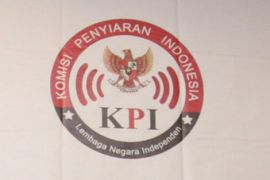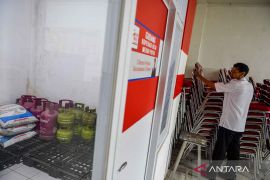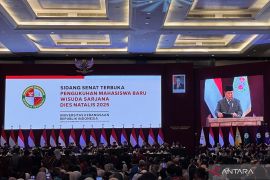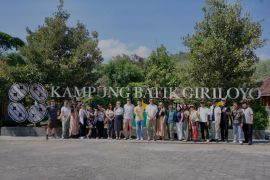The ministry has issued the Industry Minister's Regulation Number 30 of 2020 on Technical Criteria for KPIs, as an instrument for local governments in the planning process and establishment of KPIs in accordance with the Regional Spatial Plan (RTRW) .
"As one of the investment instruments, the KPI should be established in accordance with the criteria to attract investment and encourage regional development and boost economic growth in the region," Director General of Resilience, Regional, and International Industrial Access (KPAII) of the Industry Ministry, Eko S. A. Cahyanto, noted in a statement received here, Friday.
Cahyanto make the remarks at an event to disseminate information on the Industry Ministry's Regulation Number 30 of 2020 in Pontianak, West Kalimantan.
He believes that the development of industrial estates, small and medium-sized industrial centers (IKM), as well as individual industries in the KPI will be able to boost competitiveness. In addition, it can accelerate the spread and equitable distribution of national industrial development.
Related news: Ministry pushes standardization to boost industry competitiveness
"To facilitate incoming investment, the government issued the Omnibus Law on Job Creation that supports various breakthroughs for business facilitation, including those related to the digitally integrated Spatial Detail Plan (RDTR)-based permit system," he expounded.
In addition to suitability for spatial planning, the establishment of KPIs should be followed up with efforts to accelerate development and meet the needs of industrial and supporting infrastructure in KPIs.
"In the context of accelerating the KPI development program, the central and regional governments should coordinate, especially for the division of roles and authorities for the development of KPIs," he remarked.
He later pressed for synergy between industrial development planning and the RTRW to utilize the proper allocation for KPIs in spatial planning.
Related news: Indonesia must strive to be major halal producer: Minister
"This is because investment as well as infrastructure plans and policies can be directed at the KPI location. Thus, the goal of developing KPI as a hub for industrial development can attract investment into the region," he explained.
Cahyanto noted that the government had set 27 priority industrial areas in the 2020-2024 National Mid-term Development Plan (RPJMN) and 16 industrial areas as national strategic projects.
"Hence, the KPI technical criteria are expected to play an important role in the spatial planning process that supports accelerated development of all industrial estates in Indonesia," he emphasized.
The ministry's Director of Industrial Regions Ignatius Warsito drew attention to several challenges in determining KPIs that comprise the non-supportive industry location for KPIs, lack of infrastructure support in KPIs, unclear land status, and instability in KPI land prices.
Related news: New steel mill saves Rp29-trillion foreign exchange: President Jokowi
"This challenge is expected to be addressed through Industry Ministry's Regulation Number 30 of 2020," he stated.
Earlier, Director of Regional Spatial Planning Development for Region 2 of the ATR/BPN Ministry, Eko Budi Kurniawan, noted that the RDTR is an instrument for issuing the suitability of spatial utilization activities (KKPR) as a basic requirement for business licensing.
Meanwhile, the Regional Development Planning Agency (Bappeda) of West Kalimantan Province, represented by Abdul Haris Fakhmi, stated that the West Kalimantan government will overlay the criteria in Industry Ministry's Regulation Number 30 of 2020 to be adjusted to the Industrial Designated Area plan (KPI) in West Kalimantan's RTRW that will soon be revised.
Related news: Hartarto highlights government attempts to revive MSMEs
Related news: Allow disabled people to develop independently: Gerkatin
Translator: Sella P G, Resinta S
Editor: Fardah Assegaf
Copyright © ANTARA 2021



